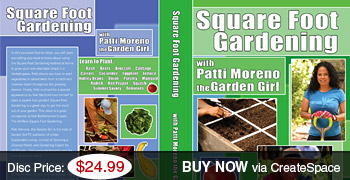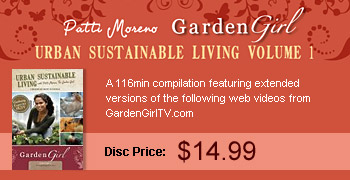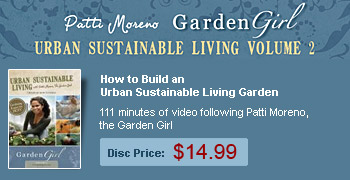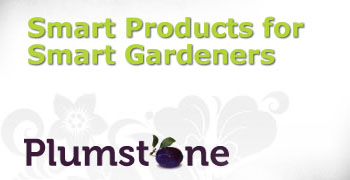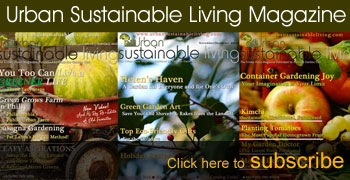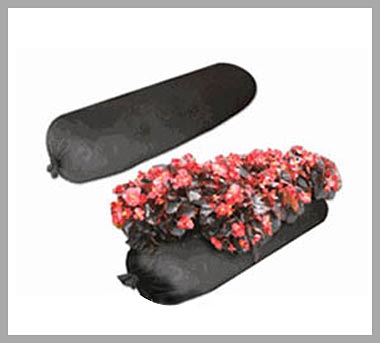Raised Bed Gardening
Raised Bed Gardening is the best way to get the highest yield with the smallest garden spaces. I found very quickly that the soil in my city garden was hardly fit to grow vegetables in, and to till my entire yard with quality soil would be back-breaking and expensive. But with Raised Beds, you control and contain the six inches of quality organic soil that your plants need to grow to their full potential.
There are a lot of benefits to raised bed gardening, the most important being control. A raised bed gives you 100% control over the soil you use, the space you have, your drainage conditions, and even allows you to take additional measures to protect your plants. Simple additions such as a hoop house will create a micro-climate to protect your plants from cooler weather and allow you to plant earlier, extending your growing season. The higher soil level brings the garden surface closer to you, removing the back-breaking work and making gardening easy, even for people with disabilities! Because the soil never gets walked on, it remains light and fluffy, which gives your plants good aeration and makes planting and weeding easier than ever.
In the following videos, I'll take you through the entire process of raised bed gardening, from building your raised bed, to preparing your soil, and even planting your vegetable garden from seed.
How to Build a Raised Bed
I fell in love with the idea of raised bed gardening when I quickly learned how unreliable city soil can be. This video is all about getting you started with raised beds, including how to build your own. I will also demonstrate how to build a hoop house. The raised bed that you’ll see me building here only cost me $40. My raised beds are built, based on four foot beds and eight foot beds which happen to be the general measurement standard for lumber, which makes it easier. Let me share with you some of the reasons for my love of this method of gardening.
Read more...Vegetable Gardening: How to Prepare a Raised Bed Garden for Planting
I'm here with my friend William Moss, who is going to give us a quick lesson on how to prepare a raised bed for planting. We have all we need; a good location with about 6-8 hours of sunlight, and a raised bed that needs to be cleared out and prepared for the next planting season.
The first thing to do, especially if you are working in a raised bed that was used last season is to remove last year's debris. Never fear, the "debris" will not go to waste. It will go right into my compost bin.
Read more...How to Sow Seeds in a Raised Bed Garden with William Moss
It’s time to start getting the cold weather crops into the ground so today, I am joined by my friend, William Moss and we are talking about sowing seeds in a raised bed garden. See how simple it is to usher in a bountiful harvest.
We are planting lettuce, radishes, Asian Greens and onions. Onions do take a while so we need to get them in the ground now.
Read more...
